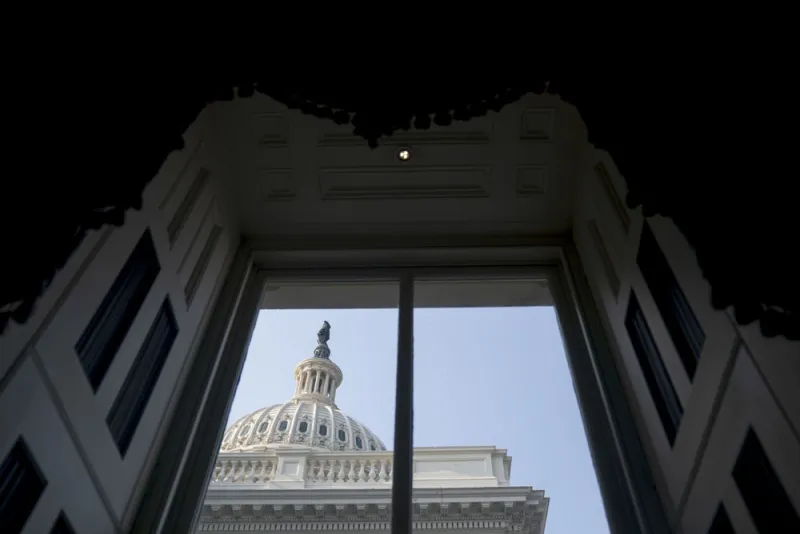The groundwork has been laid for a construction cycle whose scale and ambition has not been seen for decades.
The Biden administration’s bipartisan deal with senators on $579 billion in new infrastructure spending, if passed by Congress, is a generational opportunity, and one that could increase spending even beyond that amount, by attracting capital from long-term institutional investors to help revitalize America’s infrastructure.
Long-term institutional partners can play a key role in building, renewing, and operating infrastructure in the U.S. Private partnerships with government can reduce the strain on public finances, accelerate job creation, foster innovation, inject new expertise into projects, spur productivity gains, and advance the transition to a greener U.S. economy.
Social license to build and operate infrastructure and sustainable investing is also at a high-water mark, and many leading long-term institutional investors have incorporated environmental, social, and governance standards into their business practices accordingly. By the same token, infrastructure concessions and other public-private partnerships are a natural fit for providers of ‘patient capital’ such as independent pension funds and other long-term investors, given their ability to stay the course through economic cycles, their reduced sensitivity to short-term yield, and their capacity to reinvest and grow assets over decades.
According to the G20-backed Global Infrastructure Hub, the world will need $94 trillion to fund its infrastructure needs out to 2040 — a gap that governments are unlikely to fill on their own.
This is where ‘patient capital’ comes in. For example, CPP Investments has financed U.S. infrastructure already, such as through our investment positions and support for continued reinvestment in the Chicago Skyway and Transurban Chesapeake toll roads, and in Puget Sound Energy (Washington state’s largest energy utility). Through our new Sustainable Energies Group, which combines our renewables and conventional energy programs, we also invest in the energy sector more broadly as it evolves towards low-carbon alternatives.
For this type of investment to happen, it is important for the right policy frameworks to be in place. Governments can enable private institutional investment by ensuring there is a pipeline of high-quality, bankable projects that align with investors’ scale requirements, and by prioritizing projects according to a clear multi-year infrastructure plan with both near- and longer-term priorities. What we believe are needed are frameworks that de-risk new-build (greenfield) projects so they match investor risk tolerance, and a predictable regulatory framework that makes infrastructure more affordable to the government and the public.
This last point is crucial. Institutional investors seek risk-adjusted returns and are acutely aware that given their long duration, infrastructure assets could be exposed to political and regulatory risk if successive governments try to re-open the economic arrangements after the capital has been invested, or if the regulatory rules of the road shift materially over the life of the assets. Greater risk would result in a premium that would be expected by an investor. It is therefore also important to ensure transparency — that the rules, approval processes, and timelines for bringing projects to market be clear to investors, and that the regulatory frameworks remain clear after the investment is made.
Over the medium term, the U.S. and many governments around the world are facing tough choices in order to redress pandemic-driven budgetary imbalances. When that time comes, private capital will be ready to work in partnership with government to purchase infrastructure assets in exchange for capital that can be applied to debt paydown or reinvestment in other greenfield infrastructure projects such as public transit. The sale of mature infrastructure businesses to long-term infrastructure investors can create a virtuous circle for future greenfield projects, as well as the benefit of providing pension funds with sustainable and secure income streams from which to meet current and future obligations to their beneficiaries.
Arising from the most profound global health crisis of the past century, long-term institutional capital is eager to work together with government to invest in a stronger America. We see an immense opportunity to deploy both public and private tools to meet this generational moment. We stand ready to partner in the weeks, months and years ahead.
John Graham is president and chief executive officer at CPP Investments.







